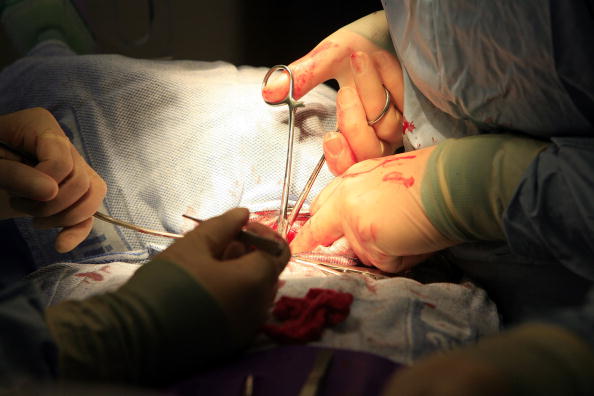
The death of a living donor is currently jeopardizing a transplant program of UCSF.
Following the recommendation of Organ Procurement and Transplant Network (OPTN), an organization that coordinates transplants between donors and recipients around the country, the University of California San Francisco (UCSF) Medical Center's living kidney program is currently suspended following the death of one of the donors last November. The recipient, on the other hand, is doing well following the transplant in October.
It's still unclear how the donor died, and the situation is currently being investigated. The medical center is also tight-lipped, refusing to issue further comments on the matter. They also avoided to name both the donor and the recipient.
Health experts who are not part of the investigation cited multiple reasons for the possible deaths, which included surgical complications and preexisting medical conditions that might not have been detected before the surgery.
While more than 120,000 patients continue to wait for a life-saving organ donation in the United States, more than 80% of them are for kidney transplants, according to the National Kidney Foundation data sheet. The average waiting time can be close to four years, depending on the organ's availability, recipient's age, and severity of the condition, among others.
Around 17,000 kidney transplants are conducted each year in the country, and the UCSF's program is the biggest so far with 350 transplants annually. At least 150 of these would be receiving kidneys from the living donor.
Kidney transplants may be obtained from both deceased and living donors. Although most of the transplants came from deceased donors, the living donor transplants provide better outcomes. The risk, however, is present, and at least 3 living donors of 10,000 kidney transplants die after surgery. These risks include bleeding and infection of the surgical site.
At least one more living donor died this year.
